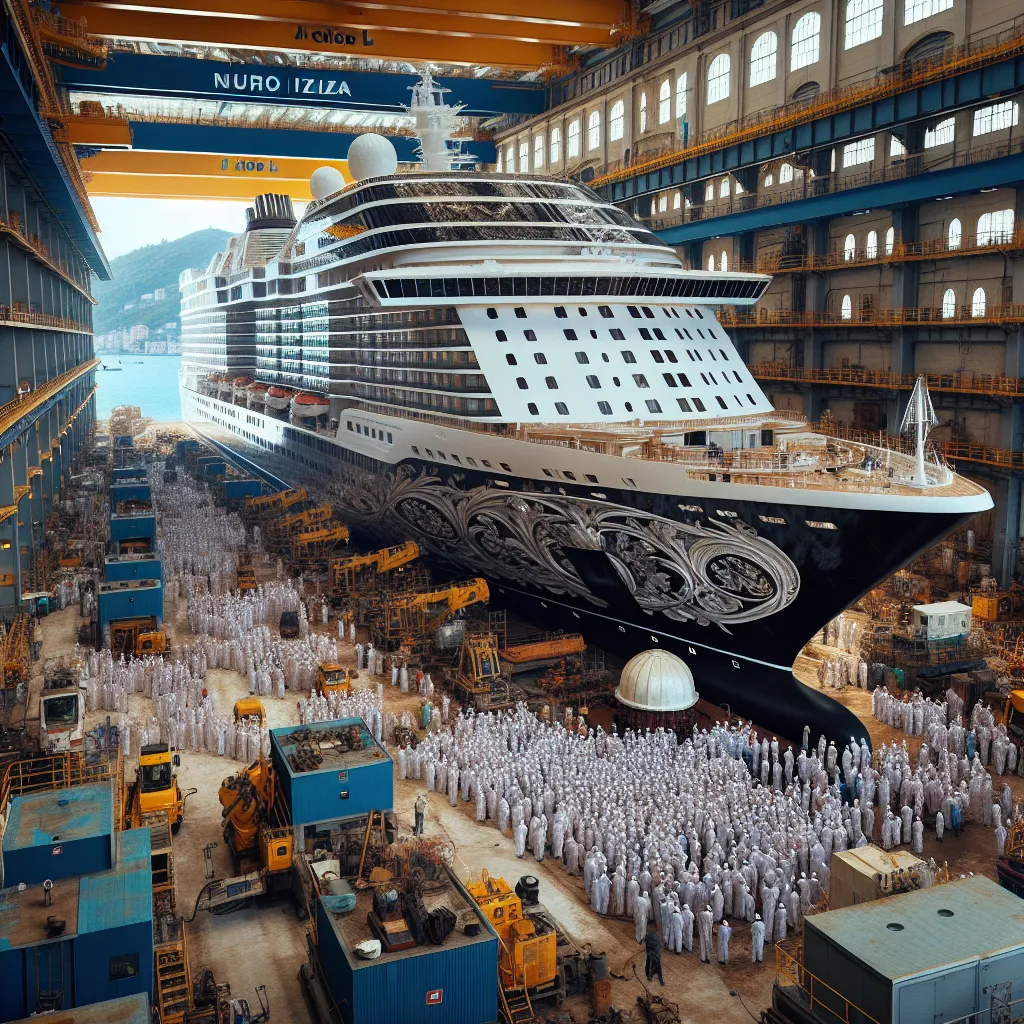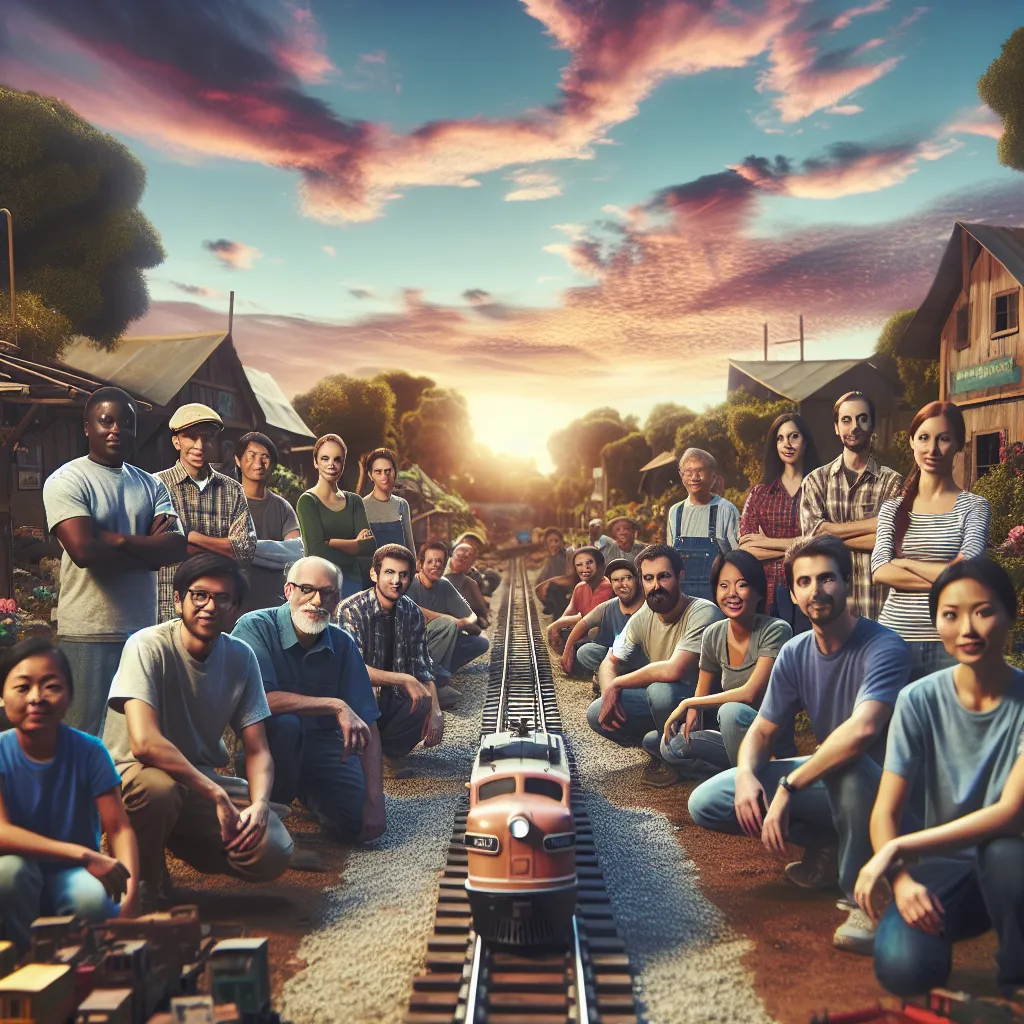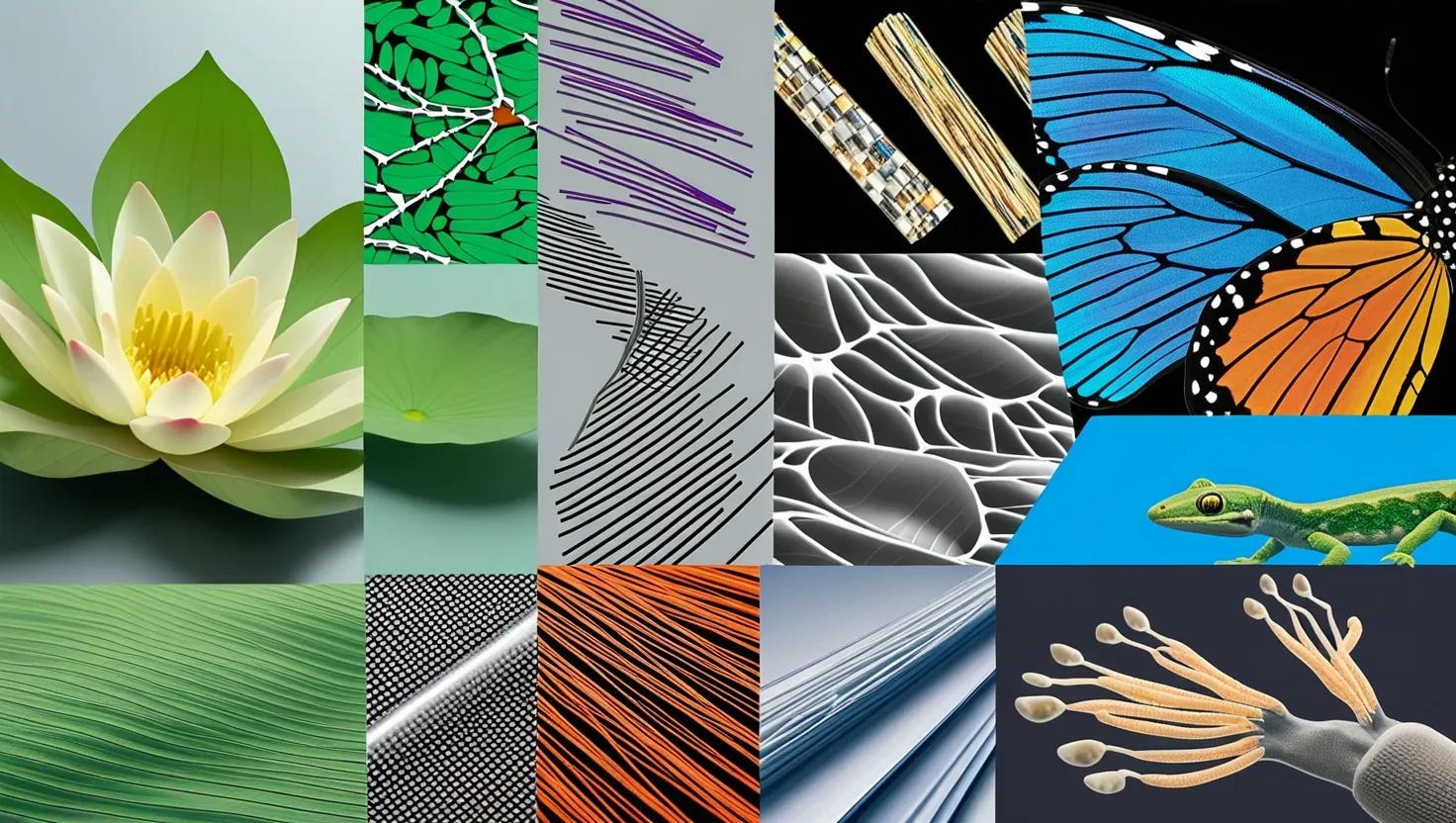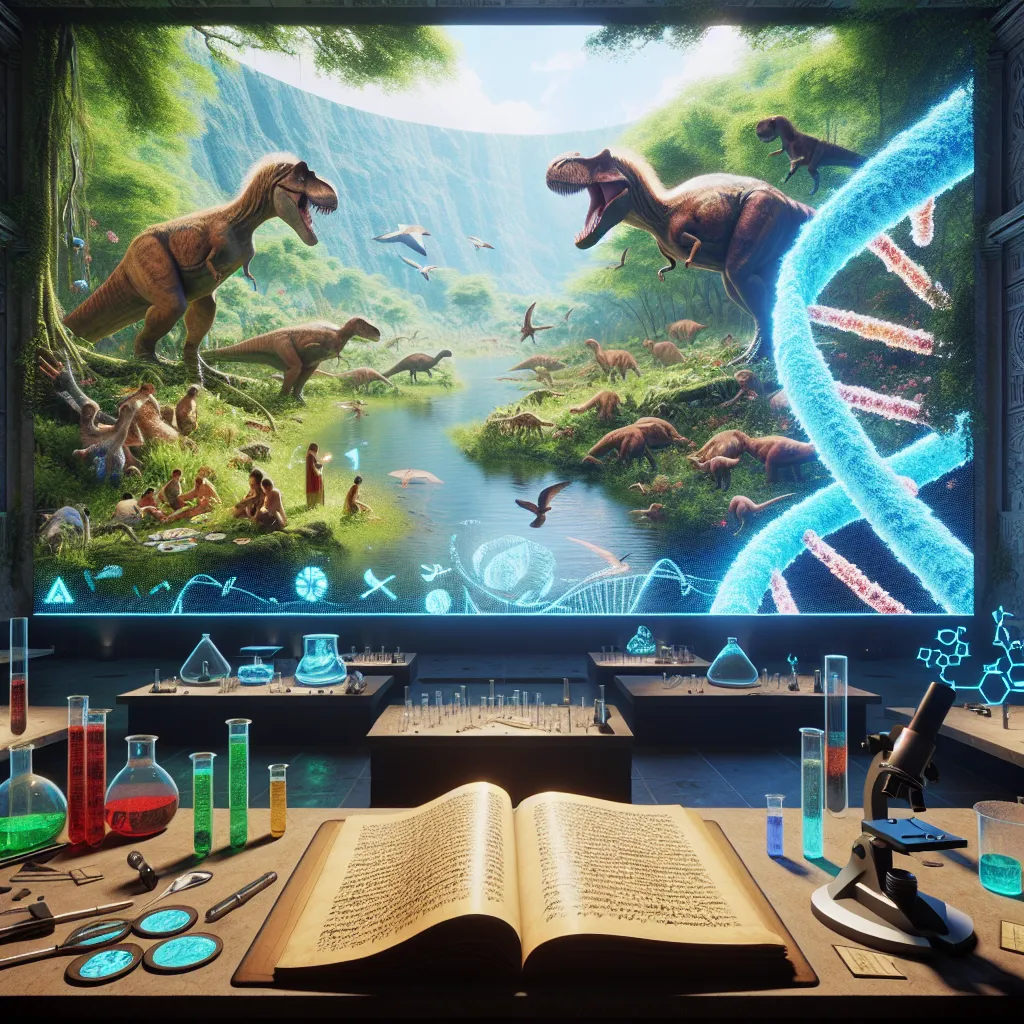In Genoa, Italy, the air buzzes with activity as engineers work tirelessly on a groundbreaking project—the Seven Seas Explorer. This vessel aims to rival luxury cruise ships, boasting 374 suites with a top-tier penthouse costing £8,000 per night. Italian stone, marble, gold leaf mirrors, and £2 million worth of crystal chandeliers will make everyone feel like royalty.
The cruise line and its CEO, Frank Del Rio, have taken a significant risk. Shipyards typically churn out functional vessels, likened to Chevrolets, but this aims to be a Rolls-Royce on water. The stakes are high, with expectations set by already sold-out tickets. The construction team, led by Pier Luigi Punzo, is in a race against time.
After nine intense months, workers have completed the steel skeleton and installed electrical and ventilation systems. Yet, they still face monumental tasks before the ship can sail. The team must now transform the basic structure into a luxurious floating palace, requiring precise installation of cabins and state-of-the-art fixtures.
A considerable challenge lies beneath the ship, where engineers must fit a 14-ton propeller to a 40-meter shaft, ensuring absolute precision. Any tiny misalignment could cause vibrations, disrupting passengers’ comfort. After eight painstaking hours, the propellers are successfully installed, allowing interior fittings to commence.
However, fitting out the ship must occur in deeper waters. If done in a shallow dry dock, the added weight would make floating impossible. So, they flood the dry dock and carefully maneuver the vessel to a nearby pier, using cranes to load in materials and furnishings.
As the ship floats for the first time, the reality of their ambition sets in. Moving a powerless ship with tugboats poses risks, especially with unexpected wind gusts. After a tense wait, the crew finally manages to move the ship without damage, marking a milestone in their journey.
With the vessel floated and relocated, the focus shifts to intricate interior work. Over the next few months, bare metal will transform into opulent spaces. In Florida, design teams work on bespoke elements, from embroidered panels to one-of-a-kind furniture. Yet, the team feels the clock ticking as the deadline looms.
With only 11 weeks left until the maiden voyage, over 500 engineers and technicians board the vessel for critical sea trials. These tests assess every crucial system, including newly added safety features that allow the ship to sail even if primary controls fail.
An unexpected issue arises in the engine room, briefly threatening the trial’s success. Quick thinking and repairs ensure the tests continue. Every system, from anchors to lifeboats, undergo rigorous testing to guarantee passenger safety and comfort.
Passing the “Comfort Class” vibration test is crucial. This test ensures that even at high speeds, guests won’t feel disruptive vibrations, a key selling point for luxury. The ship impressively meets these standards, much to the relief and joy of the crew.
With just days remaining, the focus shifts to detailed interior fittings. Marble, custom furnishings, and extensive art collections make the ship not just a vessel, but an experience. Frank Del Rio checks progress, confident but anxious, as the final bits come together.
On its maiden voyage from Genoa to Monaco, the Seven Seas Explorer begins to fulfill its luxurious promise. As the first guests step aboard, every element—from the gourmet dining to world-class entertainment—aims to meet the highest expectations.
Weeks of preparation culminate in a successful debut. The Seven Seas Explorer doesn’t just set sail; it aims to reset the benchmark for luxury cruising. Only time will reveal if it truly lives up to its billing as the most luxurious cruise ship ever built.






